Careers
Nāti Map
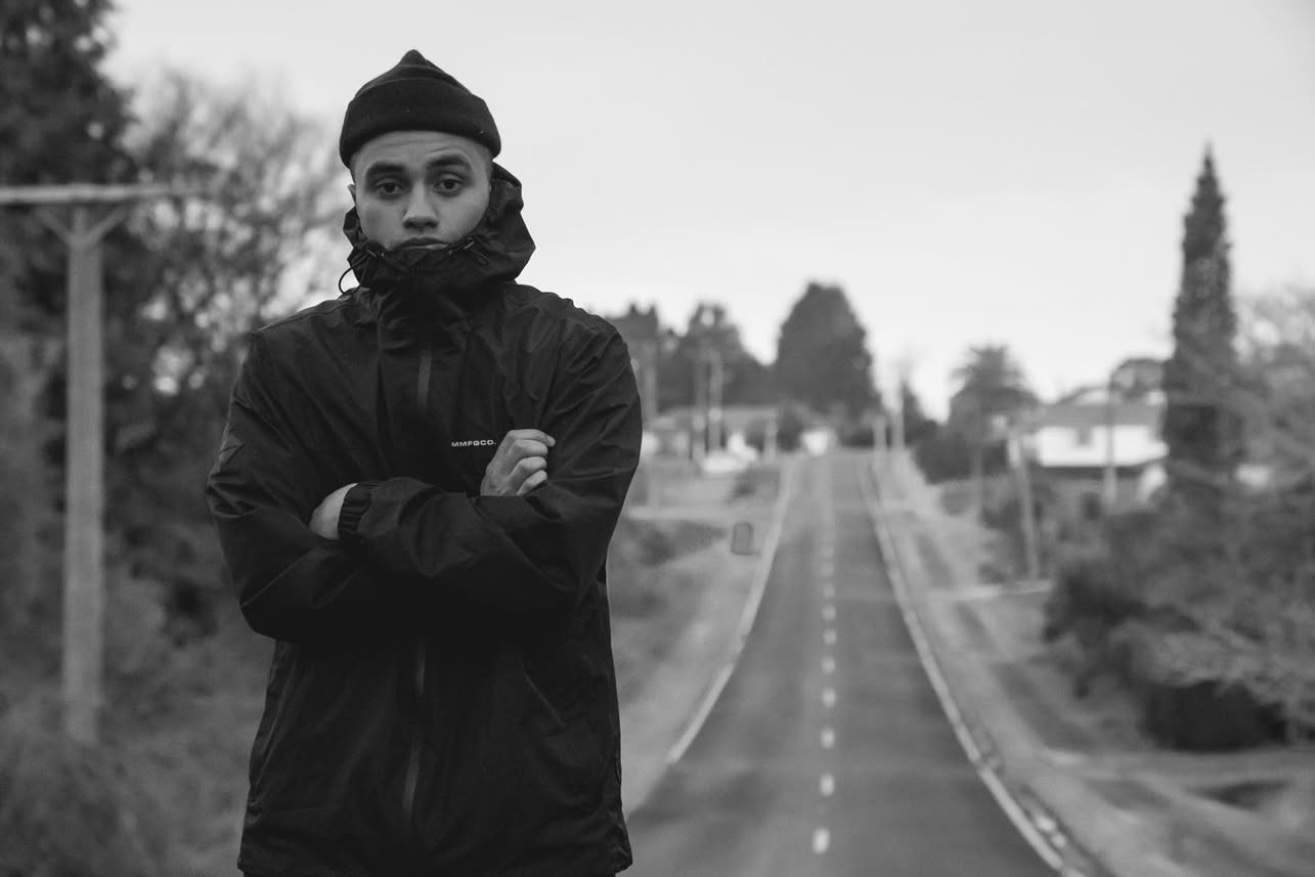

Ngati Porou were among the big winners on the night at this year's Nga Tohu Matihiko 2025 awards, a celebration of Maori excellence in digital and tech. Kātene Durie-Doherty was one of the five Nati recipients acknowledged by their peers at the event, for their innovation and contributions to te ao hurihuri. Kātene won a Tipu award in the Change-Maker category, for being an emerging leader and contributor to meaningful change.
Over the past few years, Kātene has been pushing the boundaries and creating space for authentic Maori representation in the fast-paced and high-pressured world of creative brand work and advertising. You may already be familiar with his impactful campaigns such as "Proud to be Maori" for the Whanau Ora Commissioning Agency, brought to life across online and offline platforms and urban landscapes.
Right from a young age Kātene says he has always been drawn to brands, "how they speak, how they make you feel, and how they stick with you." He explains to Nati Link how he transformed that curiosity, with the support of many kaitautoko, into his present-day role at Motion Sickness, one of Aotearoa's most awarded creative agencies
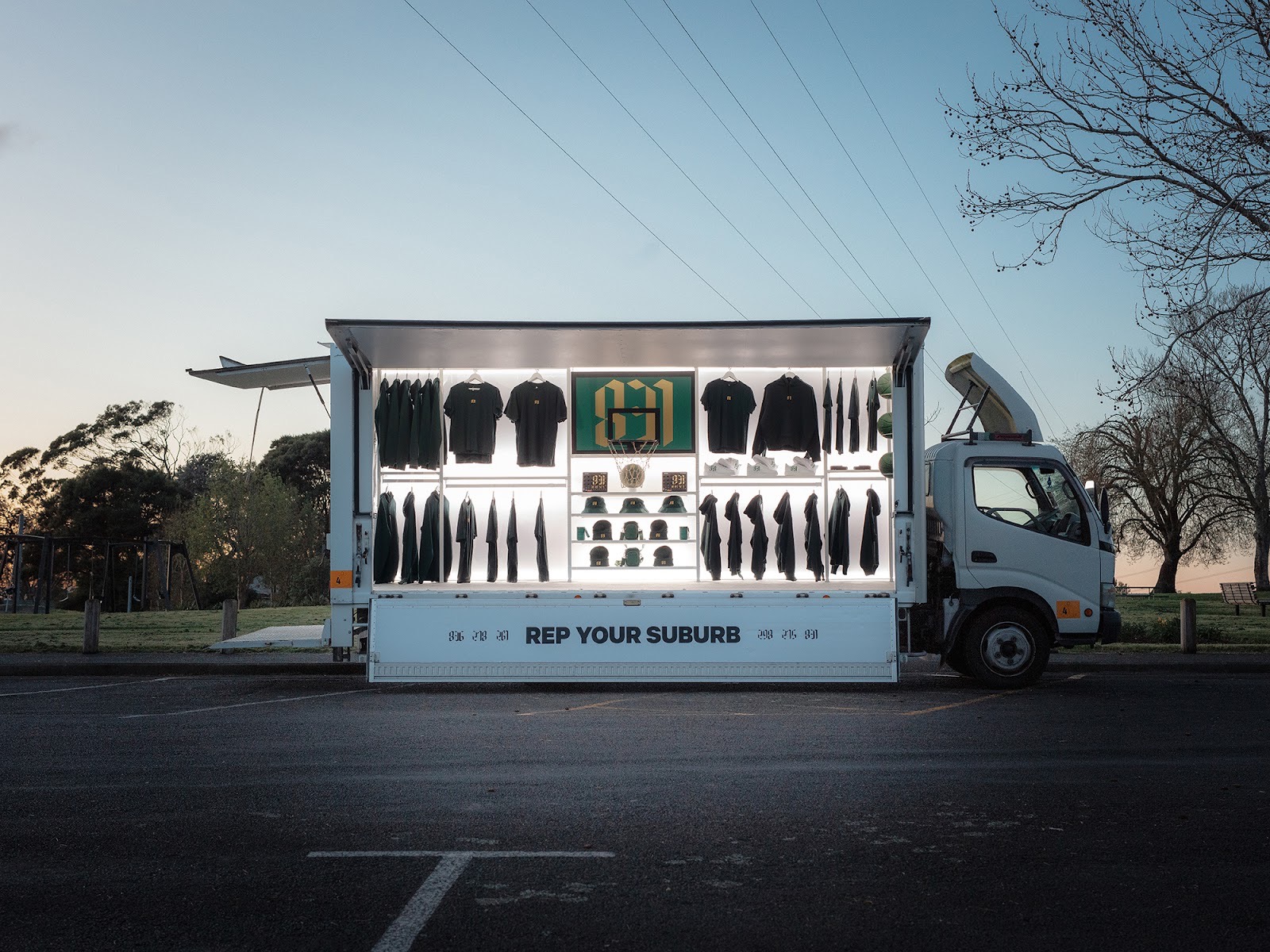
My whakapapa to Ngāti Porou flows through all branches of my whānau. On my mother's side, I am a Kohere connected to Te Whānau-ā-Hunaara hapū, Matatahi o Te Tau Mārae, and Rangiata Station. My father is a Doherty/Aupõuri from Reporua, Tu Auau, Marare, and Ngāti Rangi hapū. My stepfather is a Tamihere, from Ngāti Porou ki Mataora, Ngāti Porou ki Hauraki, and Tuparoa. Beyond Ngāti Porou, my whakapapa also extends to Ngāti Kauwhata, Ngāti Raukawa, Rangitane, Ngāi Tahu, and Rongowhakaata.
I grew up in Te Puia Springs and went to school there. Everyone knew your name, your nan, and probably what you had for lunch. It was the kind of place where you learnt just as much outside the classroom as in it, and life was raw in the best way. Cold swims, long drives, no rush. You learnt to make your own fun, pull your weight, and stay connected. It wasn't flashy, but it was real - and that stays with you. You learnt to make your own fun, pull your weight, and stay connected. It wasn't flashy, but it was real-and that stays with you.
After school we'd hang out at the general store, figuring out who was heading to Waipiro bay. It didn't matter if they were diving, fishing, surfing if there was space in the back, you were going. And the courier van - that was our Uber. If someone was heading to Gizzy, you'd get thrown in the back with the boxes. But the real buzz was when they came back. Everyone would chip in, and the driver would bring back a load of KFC or Macca's. That was a big deal. Like, event level. Chips might be cold by then, but no one cared. That paired with kaimoana and a Pinto was our version of fine dining.
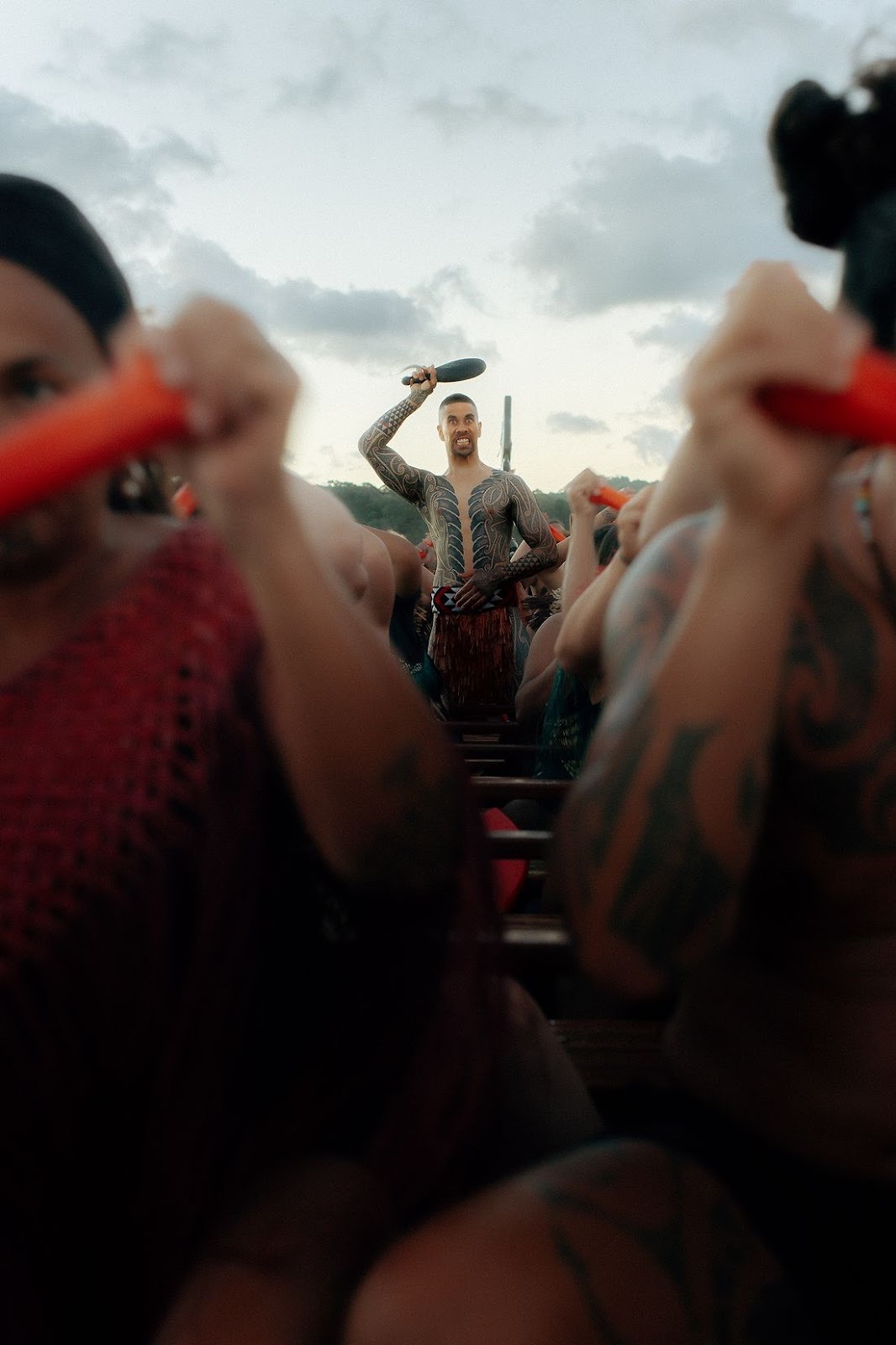
CAREER JOURNEY AND MENTORSHIPS
One of the people who helped me get started in the industry was Robett Hollis - another whanaunga from Waipiro Bay. He backed me early on and helped me into rooms I might not have made it into otherwise. I also spent time working with organisations like Whānau Ora and Waipareira, who trusted me with big kaupapa and gave me space to learn while doing. Eventually, I found my way into agency land, bringing that same kaupapa into commercial and behaviour change spaces, where culture wasn't just a layer, but something that could lead. That's what drew me to my current role as Kaitaunaki Māori at the creative agency, Motion Sickness. Sam Stuchbury, Hillary Ngan-Kee and Alex McManus saw what I was about early on and backed it. They have been my mentors in a very real way - giving me space to challenge things, build things, and grow inside the work. It's been an unconventional route, but one that's shaped the way I work.
MAHI AT MOTION SICKNESS
In my role as Kaitaunaki Māori at my mahi, it's about weaving Māori culture into the core of what we do. I work alongside the team to bring te reo, tikanga, and kaupapa Māori into projects in ways that feel natural and authentic. Shaping stories that uplift Māori voices and perspectives while contributing to a broader, more inclusive view of Aotearoa. Ultimately, it's about helping define narratives that reflect who we are as a nation and ensuring Māori is a key part of that. I'm thankful to have an agency that backs that.
WINNING NGA TOHU MATIHIKO AWARD
I felt honoured and grateful when I received the Nga Tohu Matihiko Award. The Change-maker. Category recognises people shifting the dial in their space. For me, that's been in brand and advertising pushing for work that feels authentic, considered, and deeper than just a surface-level nod. Making sure what we put out actually reflects who we are, not just what looks good on a moodboard. The kind of work that doesn't need a big song and dance, because it speaks for itself when it's done right. So getting that recognition felt like a quiet nod that we're on the right track that you can push creative boundaries, centre culture, and still make an impact. But there's still heaps to do.
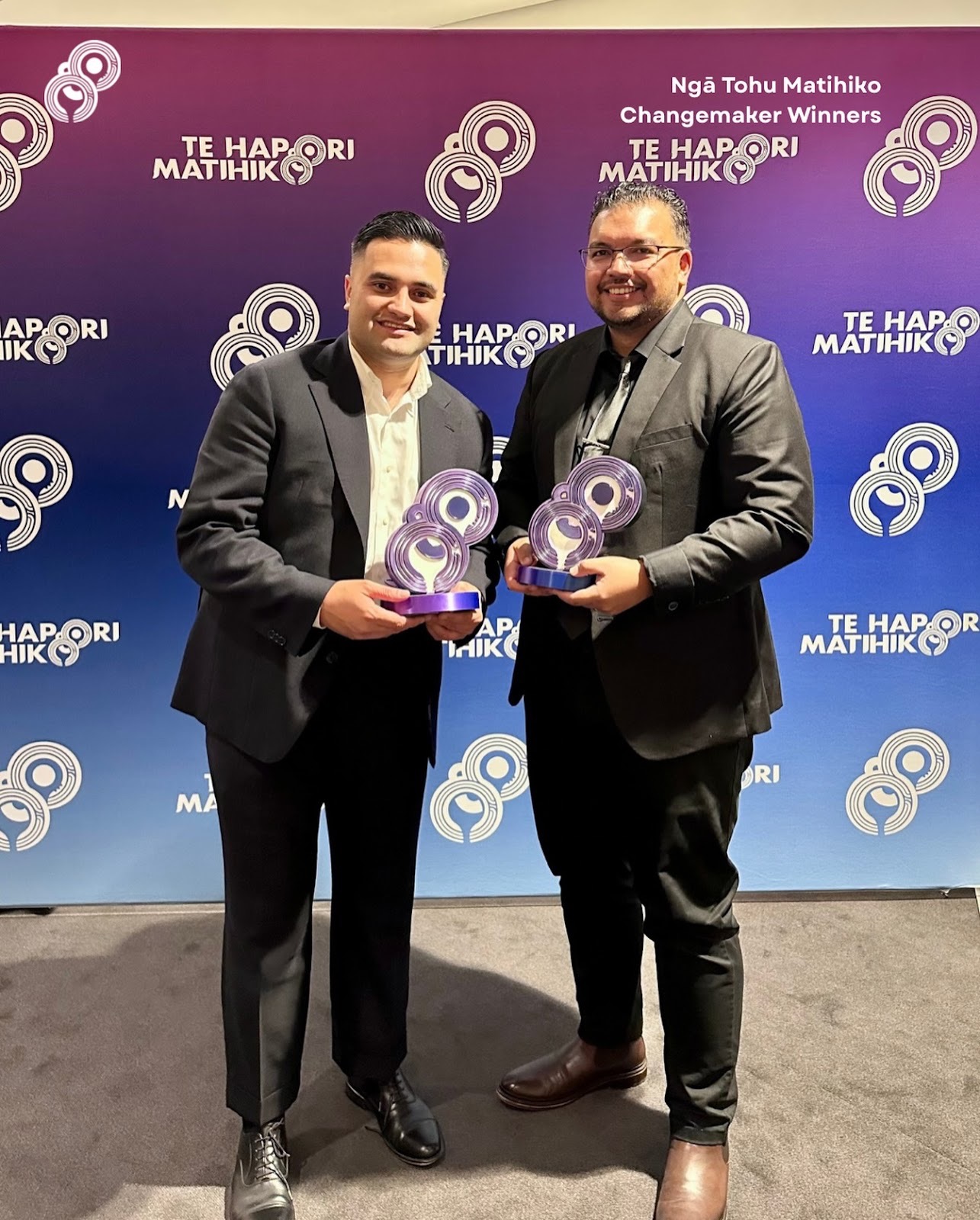
PICKING UP SKILLS AND KNOWLEDGE
Most of the skills and knowledge I've picked up in my mahi has come from being in the work, figuring it out as I go. I've always sat at the intersection of kaupapa Māori, politics and creative strategy, and over time that led into bigger brands and advertising work. Growing up, I was surrounded by politics, whether in Parliament, council, the marae and our notorious AGM's (IYKYK), so campaigns, in some shape or form, were always around me. That exposure showed me early on how design, strategy, and creativity connect people and tell stories you want to be part of.
IMPORTANCE OF TELLING STORIES
I believe it's so important we keep telling and sharing our stories. During the first COVID lockdown, while everything was on pause, I went down a few rabbit holes. One of them was our history especially the parts that got left out at school. The NZ Wars especially hit me hard. These were stories of resistance, loss, and survival that shaped the whole landscape of Aotearoa and yet most of us barely touched on them growing up.
I started reading, watching, talking to whānau. And I thought, if I'm only learning this now, surely others are in the same boat. So I set up a NZ Wars Instagram page to share these stories. Not as an expert - just someone who wanted to share what I was learning, in a way that felt accessible and relevant. Instagram was the perfect format for that. Simple, visual, to the point. It gained traction pretty quickly. What I learnt is that people do want this kōrero; they just need it to show up in places they already are. The Instagram page isn't super active at the moment, life's been busy, but hopefully something will kick it off again soon. The stories haven't gone anywhere.
In regards to our own Ngāti Porou history, there's already been some really important mahi done sharing our stories - that foundation is strong. What I see now is an opportunity to keep that momentum going. To explore different ways to bring our histories and whakapapa into conversations that feel alive and relevant today. It's not about starting from scratch or overshadowing what's already been done, but about adding new voices and approaches that honour the past while embracing the present. Our stories carry so much strength and meaning, and the more spaces we create for them to be shared, the richer our collective understanding becomes. The goal is to keep this kõrero moving, evolving, and connecting with people wherever they are so they continue to inspire and guide us all.
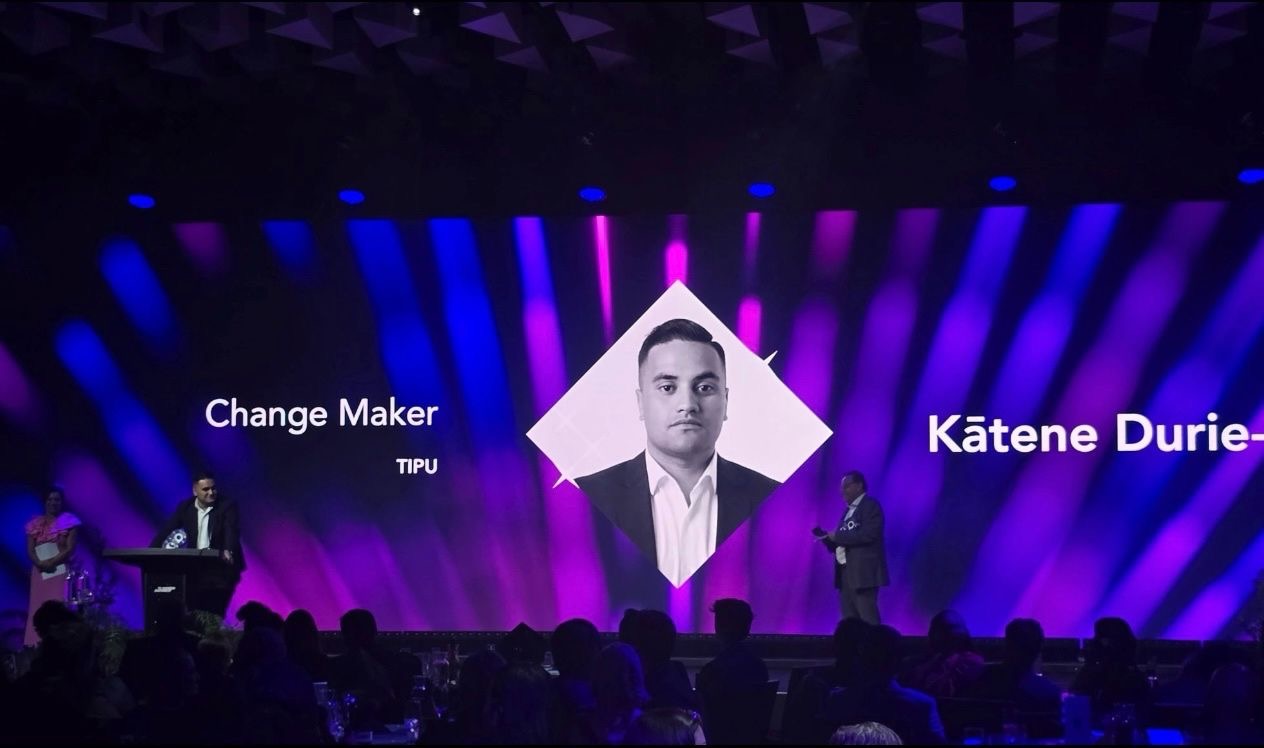
CONTRIBUTION TO THE IWI
If I could pick a project that
I could contribute my skills and knowledge to, it would be in making sure Ngāti Porou moves with clarity, confidence, and intent with a commercial presence that reflects the strength of our identity, and performs where it matters. I've always been interested in the commercial side of our iwi and business in general. For me, it's not just about what we do, but how we show up. Ngāti Porou already has what most would dream of scale, story, and serious talent. The next step is refining how we bring that to market. I'm into building things that last and Ngāti Porou has everything it needs to lead in that space.
How to get started in the advertising world:
Top tips from Katene
Nga Tohu Matihiko 2025 Awards (Ngati Porou winners)
See the full list @ https://matihiko.nz/award-recipients-2025/

Ngati Porou were among the big winners on the night at this year's Nga Tohu Matihiko 2025 awards, a celebration of Maori excellence in digital and tech. Kātene Durie-Doherty was one of the five Nati recipients acknowledged by their peers at the event, for their innovation and contributions to te ao hurihuri. Kātene won a Tipu award in the Change-Maker category, for being an emerging leader and contributor to meaningful change.
Over the past few years, Kātene has been pushing the boundaries and creating space for authentic Maori representation in the fast-paced and high-pressured world of creative brand work and advertising. You may already be familiar with his impactful campaigns such as "Proud to be Maori" for the Whanau Ora Commissioning Agency, brought to life across online and offline platforms and urban landscapes.
Right from a young age Kātene says he has always been drawn to brands, "how they speak, how they make you feel, and how they stick with you." He explains to Nati Link how he transformed that curiosity, with the support of many kaitautoko, into his present-day role at Motion Sickness, one of Aotearoa's most awarded creative agencies

My whakapapa to Ngāti Porou flows through all branches of my whānau. On my mother's side, I am a Kohere connected to Te Whānau-ā-Hunaara hapū, Matatahi o Te Tau Mārae, and Rangiata Station. My father is a Doherty/Aupõuri from Reporua, Tu Auau, Marare, and Ngāti Rangi hapū. My stepfather is a Tamihere, from Ngāti Porou ki Mataora, Ngāti Porou ki Hauraki, and Tuparoa. Beyond Ngāti Porou, my whakapapa also extends to Ngāti Kauwhata, Ngāti Raukawa, Rangitane, Ngāi Tahu, and Rongowhakaata.
I grew up in Te Puia Springs and went to school there. Everyone knew your name, your nan, and probably what you had for lunch. It was the kind of place where you learnt just as much outside the classroom as in it, and life was raw in the best way. Cold swims, long drives, no rush. You learnt to make your own fun, pull your weight, and stay connected. It wasn't flashy, but it was real - and that stays with you. You learnt to make your own fun, pull your weight, and stay connected. It wasn't flashy, but it was real-and that stays with you.
After school we'd hang out at the general store, figuring out who was heading to Waipiro bay. It didn't matter if they were diving, fishing, surfing if there was space in the back, you were going. And the courier van - that was our Uber. If someone was heading to Gizzy, you'd get thrown in the back with the boxes. But the real buzz was when they came back. Everyone would chip in, and the driver would bring back a load of KFC or Macca's. That was a big deal. Like, event level. Chips might be cold by then, but no one cared. That paired with kaimoana and a Pinto was our version of fine dining.

CAREER JOURNEY AND MENTORSHIPS
One of the people who helped me get started in the industry was Robett Hollis - another whanaunga from Waipiro Bay. He backed me early on and helped me into rooms I might not have made it into otherwise. I also spent time working with organisations like Whānau Ora and Waipareira, who trusted me with big kaupapa and gave me space to learn while doing. Eventually, I found my way into agency land, bringing that same kaupapa into commercial and behaviour change spaces, where culture wasn't just a layer, but something that could lead. That's what drew me to my current role as Kaitaunaki Māori at the creative agency, Motion Sickness. Sam Stuchbury, Hillary Ngan-Kee and Alex McManus saw what I was about early on and backed it. They have been my mentors in a very real way - giving me space to challenge things, build things, and grow inside the work. It's been an unconventional route, but one that's shaped the way I work.
MAHI AT MOTION SICKNESS
In my role as Kaitaunaki Māori at my mahi, it's about weaving Māori culture into the core of what we do. I work alongside the team to bring te reo, tikanga, and kaupapa Māori into projects in ways that feel natural and authentic. Shaping stories that uplift Māori voices and perspectives while contributing to a broader, more inclusive view of Aotearoa. Ultimately, it's about helping define narratives that reflect who we are as a nation and ensuring Māori is a key part of that. I'm thankful to have an agency that backs that.
WINNING NGA TOHU MATIHIKO AWARD
I felt honoured and grateful when I received the Nga Tohu Matihiko Award. The Change-maker. Category recognises people shifting the dial in their space. For me, that's been in brand and advertising pushing for work that feels authentic, considered, and deeper than just a surface-level nod. Making sure what we put out actually reflects who we are, not just what looks good on a moodboard. The kind of work that doesn't need a big song and dance, because it speaks for itself when it's done right. So getting that recognition felt like a quiet nod that we're on the right track that you can push creative boundaries, centre culture, and still make an impact. But there's still heaps to do.

PICKING UP SKILLS AND KNOWLEDGE
Most of the skills and knowledge I've picked up in my mahi has come from being in the work, figuring it out as I go. I've always sat at the intersection of kaupapa Māori, politics and creative strategy, and over time that led into bigger brands and advertising work. Growing up, I was surrounded by politics, whether in Parliament, council, the marae and our notorious AGM's (IYKYK), so campaigns, in some shape or form, were always around me. That exposure showed me early on how design, strategy, and creativity connect people and tell stories you want to be part of.
IMPORTANCE OF TELLING STORIES
I believe it's so important we keep telling and sharing our stories. During the first COVID lockdown, while everything was on pause, I went down a few rabbit holes. One of them was our history especially the parts that got left out at school. The NZ Wars especially hit me hard. These were stories of resistance, loss, and survival that shaped the whole landscape of Aotearoa and yet most of us barely touched on them growing up.
I started reading, watching, talking to whānau. And I thought, if I'm only learning this now, surely others are in the same boat. So I set up a NZ Wars Instagram page to share these stories. Not as an expert - just someone who wanted to share what I was learning, in a way that felt accessible and relevant. Instagram was the perfect format for that. Simple, visual, to the point. It gained traction pretty quickly. What I learnt is that people do want this kōrero; they just need it to show up in places they already are. The Instagram page isn't super active at the moment, life's been busy, but hopefully something will kick it off again soon. The stories haven't gone anywhere.
In regards to our own Ngāti Porou history, there's already been some really important mahi done sharing our stories - that foundation is strong. What I see now is an opportunity to keep that momentum going. To explore different ways to bring our histories and whakapapa into conversations that feel alive and relevant today. It's not about starting from scratch or overshadowing what's already been done, but about adding new voices and approaches that honour the past while embracing the present. Our stories carry so much strength and meaning, and the more spaces we create for them to be shared, the richer our collective understanding becomes. The goal is to keep this kõrero moving, evolving, and connecting with people wherever they are so they continue to inspire and guide us all.

CONTRIBUTION TO THE IWI
If I could pick a project that
I could contribute my skills and knowledge to, it would be in making sure Ngāti Porou moves with clarity, confidence, and intent with a commercial presence that reflects the strength of our identity, and performs where it matters. I've always been interested in the commercial side of our iwi and business in general. For me, it's not just about what we do, but how we show up. Ngāti Porou already has what most would dream of scale, story, and serious talent. The next step is refining how we bring that to market. I'm into building things that last and Ngāti Porou has everything it needs to lead in that space.
How to get started in the advertising world:
Top tips from Katene
Nga Tohu Matihiko 2025 Awards (Ngati Porou winners)
See the full list @ https://matihiko.nz/award-recipients-2025/

Ngati Porou were among the big winners on the night at this year's Nga Tohu Matihiko 2025 awards, a celebration of Maori excellence in digital and tech. Kātene Durie-Doherty was one of the five Nati recipients acknowledged by their peers at the event, for their innovation and contributions to te ao hurihuri. Kātene won a Tipu award in the Change-Maker category, for being an emerging leader and contributor to meaningful change.
Over the past few years, Kātene has been pushing the boundaries and creating space for authentic Maori representation in the fast-paced and high-pressured world of creative brand work and advertising. You may already be familiar with his impactful campaigns such as "Proud to be Maori" for the Whanau Ora Commissioning Agency, brought to life across online and offline platforms and urban landscapes.
Right from a young age Kātene says he has always been drawn to brands, "how they speak, how they make you feel, and how they stick with you." He explains to Nati Link how he transformed that curiosity, with the support of many kaitautoko, into his present-day role at Motion Sickness, one of Aotearoa's most awarded creative agencies

My whakapapa to Ngāti Porou flows through all branches of my whānau. On my mother's side, I am a Kohere connected to Te Whānau-ā-Hunaara hapū, Matatahi o Te Tau Mārae, and Rangiata Station. My father is a Doherty/Aupõuri from Reporua, Tu Auau, Marare, and Ngāti Rangi hapū. My stepfather is a Tamihere, from Ngāti Porou ki Mataora, Ngāti Porou ki Hauraki, and Tuparoa. Beyond Ngāti Porou, my whakapapa also extends to Ngāti Kauwhata, Ngāti Raukawa, Rangitane, Ngāi Tahu, and Rongowhakaata.
I grew up in Te Puia Springs and went to school there. Everyone knew your name, your nan, and probably what you had for lunch. It was the kind of place where you learnt just as much outside the classroom as in it, and life was raw in the best way. Cold swims, long drives, no rush. You learnt to make your own fun, pull your weight, and stay connected. It wasn't flashy, but it was real - and that stays with you. You learnt to make your own fun, pull your weight, and stay connected. It wasn't flashy, but it was real-and that stays with you.
After school we'd hang out at the general store, figuring out who was heading to Waipiro bay. It didn't matter if they were diving, fishing, surfing if there was space in the back, you were going. And the courier van - that was our Uber. If someone was heading to Gizzy, you'd get thrown in the back with the boxes. But the real buzz was when they came back. Everyone would chip in, and the driver would bring back a load of KFC or Macca's. That was a big deal. Like, event level. Chips might be cold by then, but no one cared. That paired with kaimoana and a Pinto was our version of fine dining.

CAREER JOURNEY AND MENTORSHIPS
One of the people who helped me get started in the industry was Robett Hollis - another whanaunga from Waipiro Bay. He backed me early on and helped me into rooms I might not have made it into otherwise. I also spent time working with organisations like Whānau Ora and Waipareira, who trusted me with big kaupapa and gave me space to learn while doing. Eventually, I found my way into agency land, bringing that same kaupapa into commercial and behaviour change spaces, where culture wasn't just a layer, but something that could lead. That's what drew me to my current role as Kaitaunaki Māori at the creative agency, Motion Sickness. Sam Stuchbury, Hillary Ngan-Kee and Alex McManus saw what I was about early on and backed it. They have been my mentors in a very real way - giving me space to challenge things, build things, and grow inside the work. It's been an unconventional route, but one that's shaped the way I work.
MAHI AT MOTION SICKNESS
In my role as Kaitaunaki Māori at my mahi, it's about weaving Māori culture into the core of what we do. I work alongside the team to bring te reo, tikanga, and kaupapa Māori into projects in ways that feel natural and authentic. Shaping stories that uplift Māori voices and perspectives while contributing to a broader, more inclusive view of Aotearoa. Ultimately, it's about helping define narratives that reflect who we are as a nation and ensuring Māori is a key part of that. I'm thankful to have an agency that backs that.
WINNING NGA TOHU MATIHIKO AWARD
I felt honoured and grateful when I received the Nga Tohu Matihiko Award. The Change-maker. Category recognises people shifting the dial in their space. For me, that's been in brand and advertising pushing for work that feels authentic, considered, and deeper than just a surface-level nod. Making sure what we put out actually reflects who we are, not just what looks good on a moodboard. The kind of work that doesn't need a big song and dance, because it speaks for itself when it's done right. So getting that recognition felt like a quiet nod that we're on the right track that you can push creative boundaries, centre culture, and still make an impact. But there's still heaps to do.

PICKING UP SKILLS AND KNOWLEDGE
Most of the skills and knowledge I've picked up in my mahi has come from being in the work, figuring it out as I go. I've always sat at the intersection of kaupapa Māori, politics and creative strategy, and over time that led into bigger brands and advertising work. Growing up, I was surrounded by politics, whether in Parliament, council, the marae and our notorious AGM's (IYKYK), so campaigns, in some shape or form, were always around me. That exposure showed me early on how design, strategy, and creativity connect people and tell stories you want to be part of.
IMPORTANCE OF TELLING STORIES
I believe it's so important we keep telling and sharing our stories. During the first COVID lockdown, while everything was on pause, I went down a few rabbit holes. One of them was our history especially the parts that got left out at school. The NZ Wars especially hit me hard. These were stories of resistance, loss, and survival that shaped the whole landscape of Aotearoa and yet most of us barely touched on them growing up.
I started reading, watching, talking to whānau. And I thought, if I'm only learning this now, surely others are in the same boat. So I set up a NZ Wars Instagram page to share these stories. Not as an expert - just someone who wanted to share what I was learning, in a way that felt accessible and relevant. Instagram was the perfect format for that. Simple, visual, to the point. It gained traction pretty quickly. What I learnt is that people do want this kōrero; they just need it to show up in places they already are. The Instagram page isn't super active at the moment, life's been busy, but hopefully something will kick it off again soon. The stories haven't gone anywhere.
In regards to our own Ngāti Porou history, there's already been some really important mahi done sharing our stories - that foundation is strong. What I see now is an opportunity to keep that momentum going. To explore different ways to bring our histories and whakapapa into conversations that feel alive and relevant today. It's not about starting from scratch or overshadowing what's already been done, but about adding new voices and approaches that honour the past while embracing the present. Our stories carry so much strength and meaning, and the more spaces we create for them to be shared, the richer our collective understanding becomes. The goal is to keep this kõrero moving, evolving, and connecting with people wherever they are so they continue to inspire and guide us all.

CONTRIBUTION TO THE IWI
If I could pick a project that
I could contribute my skills and knowledge to, it would be in making sure Ngāti Porou moves with clarity, confidence, and intent with a commercial presence that reflects the strength of our identity, and performs where it matters. I've always been interested in the commercial side of our iwi and business in general. For me, it's not just about what we do, but how we show up. Ngāti Porou already has what most would dream of scale, story, and serious talent. The next step is refining how we bring that to market. I'm into building things that last and Ngāti Porou has everything it needs to lead in that space.
How to get started in the advertising world:
Top tips from Katene
Nga Tohu Matihiko 2025 Awards (Ngati Porou winners)
See the full list @ https://matihiko.nz/award-recipients-2025/